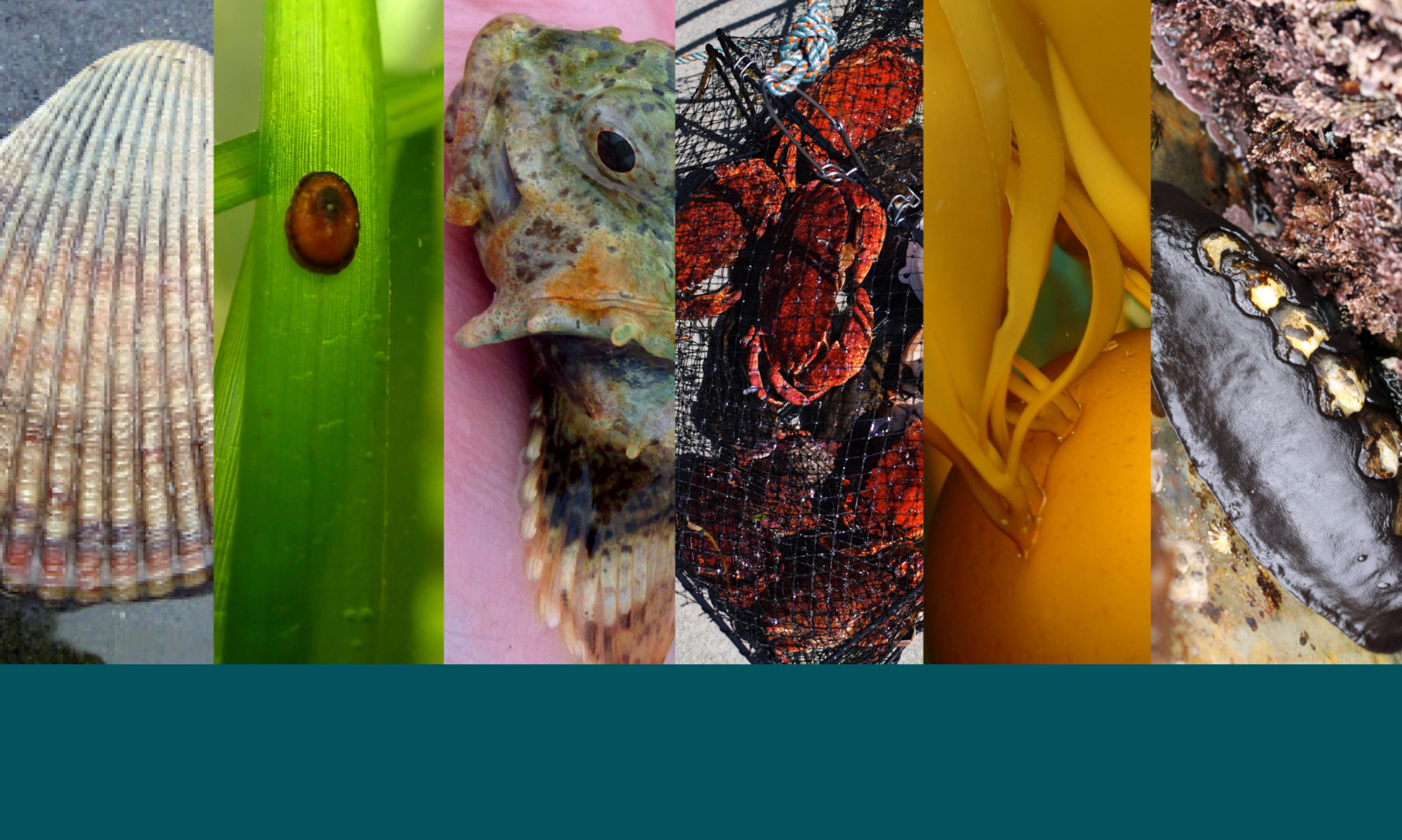We do our research on the western side of Prince of Wales Island, and the islands that surround it, in Southeast Alaska. For this project, most of our team moves from Juneau to Craig (AK), where we do our research from the end of April to the end of August. We use boats to get to all or our research sites and are on the water most days of the summer. Our sampling sites are shown in the map below.


Seagrass sites: in these spots, we looked at seagrass abundance and structure, collected sediment to look at carbon storage, captured crabs to count and measure using crab pots, catch fish to count and measure using a beach seine net, and also recorded water temperature, salinity, and light.
Experimental seagrass sites: in these spots, we are testing the direct effect of sea otter disturbance at the upper edges of seagrass beds. Sea otters dig for clams in these habitats and, observationally, may remove seagrasses while foraging for food.
